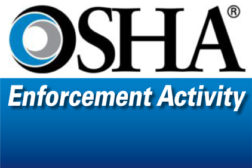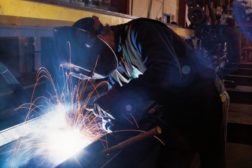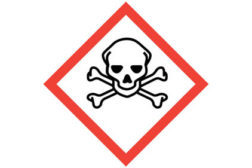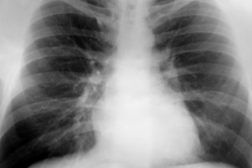Environmental Health and Safety
Employers get guidance on impact of marijuana in the workplace
Paper by health experts examines trends in consumption, legal implications for employers
April 16, 2015
When health risks go down, worker productivity goes up
Study: Lasting health improvements lead to cumulative productivity gains
April 13, 2015
Become a Leader in Safety Culture
Build your knowledge with ISHN, covering key safety, health and industrial hygiene news, products, and trends.
JOIN TODAYCopyright ©2025. All Rights Reserved BNP Media.
Design, CMS, Hosting & Web Development :: ePublishing








